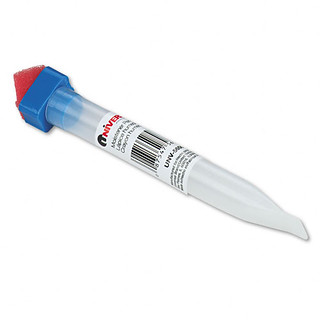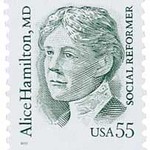Relics: One-color postage stamps (or the times, they are a-changin’)
Fifty years isn’t even a wink in time, but a lot has come and gone in what I hope will be a little more than half my lifetime. Before I forget them, I want to recognize some of these bygone (or altered) things, products, services, and brands I’ll tag “relics.” Like so much in human history, they’ve been relegated to the landfill of cultural history by advancing and emerging technologies, fluctuating economic conditions, and fickle popular tastes.
I’m going to focus on things that were an accepted part of everyday life for many years, such as full-service gas stations, not fads or failures. They illuminate my past and evoke memories of a time and world that might seem as alien to a person born in 1990, or even 1980, as my dad’s adventures with animal-powered transportation were to me.
In honor of the beleaguered United States Postal Service, I’ll start with the one-color, non-sticky postage stamp. The last time I bought these that I can remember was when 55 cents would send up to two ounces. I still had hopes that some publication somewhere would accept my short story “Justice,” which in the 1990s was too disturbing for the editors of the even the edgiest publications I contacted, but today seems tame. These stamps, the workhorse of USPS for many years, were printed in one color on uncoated paper with no backing; they weren’t self-adhesive like today’s stamps. To affix one to an envelope, you wet it with a sponge moistener that office supply stores used to sell, handy for invitations and other large mailings, or you licked it. Either way, if you got the stamp too damp, it would crumple or stick to your fingers, or both. If you tried to peel it off, possible with today’s crop of sturdier, coated, self-adhesive stamps, it would tear or even disintegrate. Collectors could try to get them off envelopes by softening the glue using steam, a process I’ve never tried. You’d use a similar technique if you were nosy and just had to know what was in an envelope.
I assume it’s just as cheap, if more wasteful, to print self-adhesive stamps in color on backing, such as the one-cent American kestrel stamp, making the one-color glue stamp obsolete.
For the record, the 55-cent stamp I used to mail “Justice” was issued on July 11, 1995 in Boston, Massachusetts and featured Alice Hamilton, MD, social reformer, in green. The other day I found some in a pencil box. Mystic Stamp was selling a single mint stamp for $2 and a mint sheet for $220 — both of which are more than “Justice” has earned.
If you have a stash of old postcards, check out the one-color stamps. Most likely you will never see their like again.





Your post made me remember those one-color stamps, which I haven’t thought of in ages. (I remember red and green ones — with presidents? — for postcards.) I look forward to reading more of your “relics” posts.